I visited Cuba as part of a two-week cycling tour I signed up to, with adventure travel company Explore. As well as keeping you fit along the way, cycling is an amazing way of exploring a new country. You can cover a lot more ground compared to hiking alone, yet you still feel 100% connected to your surroundings.
And despite what you may think, you don’t have to be an accomplished cyclist in order to complete (and enjoy) the physical challenges involved in a cycling tour. I discovered this four years ago, when I cycled from Venice, Italy, to Poreç, in northern Croatia without any previous cycling experience, and again in Bolivia in 2014, when I mountain-biked down The World’s Most Dangerous Road, having never ridden a mountain bike before.
Cycling tours are generally graded from easy/leisurely through to challenging or tough, with grades based on distances covered, terrain, and number/gradient of ascents, so you have the flexibility to choose one that suits your fitness level and ability.
Whether you choose a self-guided cycling tour or a group cycling tour, the majority of your luggage will be transported for you while you ride. You’ll just need enough supplies and money for the day, and most companies will provide a pannier or panniers for you to store these in. What’s more, emergency assistance is always on hand if you get a puncture, so you don’t need to worry about bringing a puncture repair kit, or knowing how to use it.
I chose to cycle through Cuba – a country that may soon lose its old world charm to chain restaurants and fancy hotels – because I figured it was the best way to explore the country at ground level in a relatively short space of time. And I only had (just over) two weeks of annual leave to work with.
If you fancy doing something similar, then read on for the best pieces of advice I can offer you regarding how to prepare and what to pack for your very own Cuban cycling adventure.
Before You Go
- Ensure you’re fit before you leave. Whether that be spinning, cardiovascular work or classes at your local gym, road cycling, mountain biking, hill walking, or running, anything that increases your stamina or works the muscles in your legs will hold you in good stead for your upcoming trip. As long as you don’t choose a trip graded higher than ‘moderate’, you don’t necessarily have to possess any previous cycling experience, in my opinion; you just need to have a reasonable level of physical fitness.
- Research the visa requirements and suggested vaccinations, and allow sufficient time to get them sorted. At the time of writing UK citizens will require a tourist card (£15 + £5 handling fee); your GP can advise on current essential or suggested vaccinations.
- Ensure that your travel insurance is up-to-date and that it covers you for cycling.
- Find out what the local currency is, the availability of ATMs in the country, and whether your debit or credit card will work there. When I visited in March 2016 Cuba’s economy operated almost entirely on cash only transactions. You’ll need to bring pound sterling or euros and exchange them once in the country. There are a few ATMs in major towns and cities but they aren’t always functioning. In order to budget effectively, check local costs of goods and services.
- If you’re planning on using a debit or credit card, inform your bank of the destination you’re travelling to and the dates you’ll be away.
- Download an GPS activity app in order to track the routes taken, distances covered and calories burned. Map My Ride works without wifi signal once downloaded.
What to Pack
A good cycling helmet
Go to a shop if you can and try a few on; it’s got to fit well enough and be comfortable enough to wear for at least four hours of each day.
Padded cycling shorts
Padded cycling shorts are a must. Trust me on this one, your bottom will thank you for it!
A lightweight waterproof jacket
It will never be unduly cold in Cuba, but it may well rain!
High factor sunscreen (SPF30+)
The sun is strong in Cuba and parts of your skin will be permanently exposed to it whilst cycling. Don’t make the same mistake I did and forget to cover the backs of your hands on your first day of cycling on a clear day in temperatures of exceeding 30 degrees. Let’s just say that it was a good job we had a nurse on our tour who knew how to treat badly burnt, blistered skin! I prefer spray sunscreen rather than cream, as it tends to be less greasy and lasts longer.
A pair of cycling gloves
The palms of your hands get sweaty when they’re gripping the handlebars for long periods of time in a hot climate. Cycling gloves will improve your grip, and therefore your control of the bike. Fortunately I was able to borrow a pair from another member of the group, primarily to protect my hands (see above), but I definitely plan to buy my own now.
Rehydration tablets
Rehydration tablets are effervescent tablets that readily dissolve in plain water. They’re usually berry or citrus-flavoured and are high in sodium to help keep you sufficiently hydrated whilst cycling.
Appropriate clothing
This one is down to personal preference really. Personally I don’t like sleeves when I’m cycling; I prefer a breathable, but fitting sleeveless or strappy top, or a sports bra with a loose sleeveless vest over the top, to help the air flow. However the proper hi-neck cycling t-shirts with back pocket are great for carrying a mobile phone or small camera whilst cycling, and are essential if you manage to burn yourself and need to cover up.
Energy bars
These are great for carrying in your pack for a quick energy boost along the way. I trialled a couple of Crobar energy bars by Gathr whilst in Cuba. What makes them different to other energy bars is that each bar is made from 6% cricket flour. Yes, that is what you think it is, but don’t let that put you off; these bars are tasty (currently available in cacao and peanut flavours, mixed with dried fruit and seeds), and incredibly good for you. Not only does insect-sourced protein incorporate all nine essential amino acids, but crickets also contain twice as much iron as spinach, and just 10 grams of crickets will provide you with your daily dose of vitamin B12.
Appropriate footwear
Lightweight running trainers (I wore my Merrells) are probably your best bet, as your feet cannot move around inside them whilst you’re cycling, as they can do in walking sandals. However, having said that, Keen do a walking sandal where your toes are enclosed, which will help keep your feet a little cooler.
A water bottle or hydration pack
There are pros and cons of each. Having a hydration pack on your back means that you don’t have to stop every time you need a drink, however it does mean permanently wearing a backpack, which can be a little uncomfortable in hot climates. If you’re super clever you can probably manage to remove your water bottle from its holder on your bike whilst cycling, have a drink, and then securely return it to its original position without losing your balance or crashing into a passing lorry, but I wouldn’t recommend it.
A dry bag
These are super useful if you’re going to be taking cameras or mobile phones anywhere near water, and bearing in mind Cuba is surrounded by the stuff, you’ll be hard pushed not to. They also protect your valuables from sand, dust and dirt. I use the 10-litre DRYU dry bag, which I generally slung inside my pannier every day whilst cycling, so that whenever we stopped, I could take my dry bag with me with complete confidence that its contents would remain safe from the elements.
A Scrubba Wash Bag
I actually won one of these innovative Scrubba Wash Bags in a competition over Christmas, and was eager to try it out on one of my upcoming trips. A cycling tour was the perfect opportunity, as daily – sometimes strenuous – cycle rides in 37 degree heat cause your body to sweat profusely, which means that (unless you bring a ridiculous amount of cycling gear with you), you’ll need to wash some clothes multiple times during your trip.
The Scrubba Wash bag is described as “the world’s smallest washing machine and the ultimate travel essential” and, having used it, I can see why. Clothes come out so much fresher and cleaner than my usual ‘stamp on them in the shower’ method, and it saves a ton of money on laundry fees.
Small toys/gifts for villagers
This had never even occurred to me before leaving but one of the girls on our tour had come armed with colouring books and pencils/felt pens, learning aids, toys, bars of soap, and even a sheriff’s badge. There is a lot of poverty in Cuba (the average monthly wage is just 466 Cuban Pesos (around $19)), so items that we wouldn’t even think twice about donating to a charity shop, are truly appreciated here.
I will never forget the genuinely heartfelt expression of gratitude and love that I witnessed on an old lady’s face when Jo presented her with a bar of scented soap, and gifting items to children we passed often resulted in a rapport that would have been almost impossible to achieve otherwise.
Cuba is a beautiful country around which to cycle, especially if you’re not a confident cyclist. The roads are quiet and largely traffic-free, and drivers generally seem to be very tolerant of cyclists and more than willing to accommodate them. Vehicles always gave us a lot of clearance when they passed us, and locals almost always waved when approaching us from the opposite direction.
What’s more, when we stayed in Casa Particulares (local people’s homes; the most authentic and cheapest accommodation options in the country), our hosts were more than happy for us to stow our bicycles overnight.
Cuba is also a very safe country to travel in. I never once felt threatened or uneasy, even when wandering the back streets of Havana in the early hours of the morning. Cuban residents are friendly and welcoming and genuinely interested in engaging in conversation, imparting their local knowledge, and showing you all their country has to offer. And along with a handshake and a smile usually comes a shot of rum 😉
Are you a cyclist? Have you ever been on a cycling holiday? Are there any more tips or pieces of advice you would give to someone who is about to embark on one?
If you’d like to read more about the cycling tour I took you can do so here.
**Some of the links in this post are affiliate links. All this means is that if you buy one of the products I have recommended in this post, through the links I have provided, I will earn a small commission as a result but the cost to you will remain exactly the same**
**I received a couple of free Crobar energy bars in exchange for an honest review (which I chose to publish as part of this post). As always I will only ever recommend brands that I personally use or believe in**


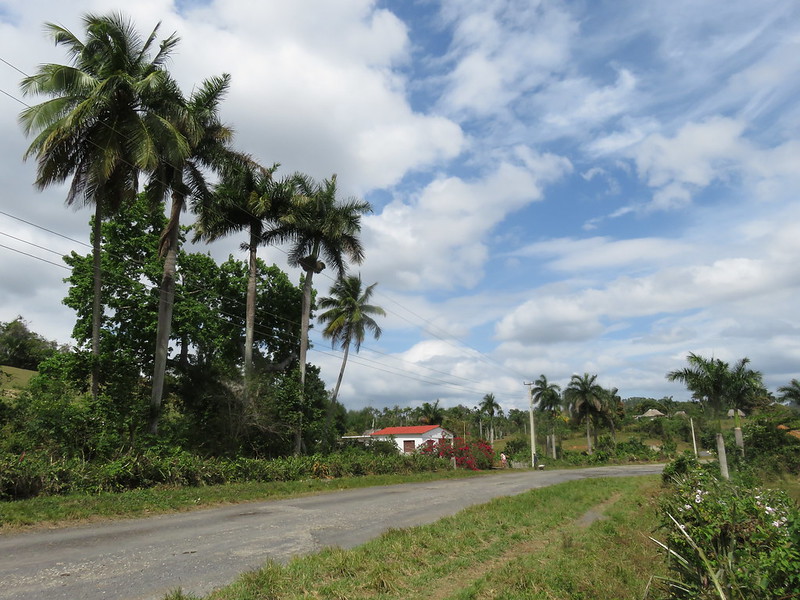
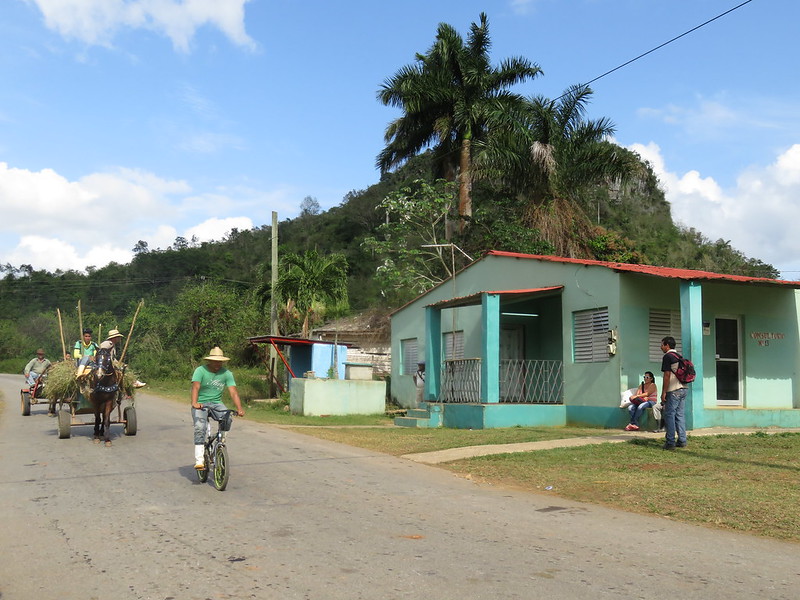


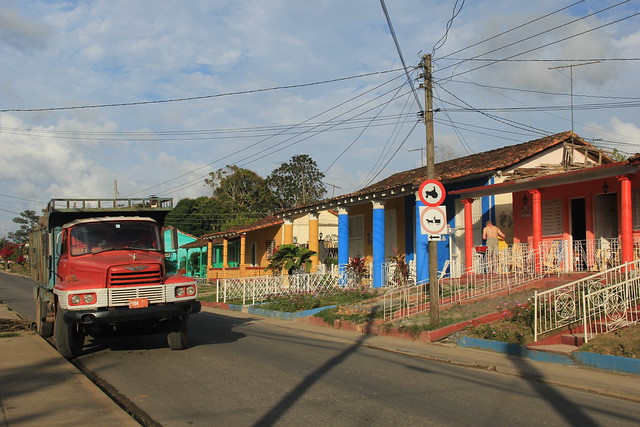
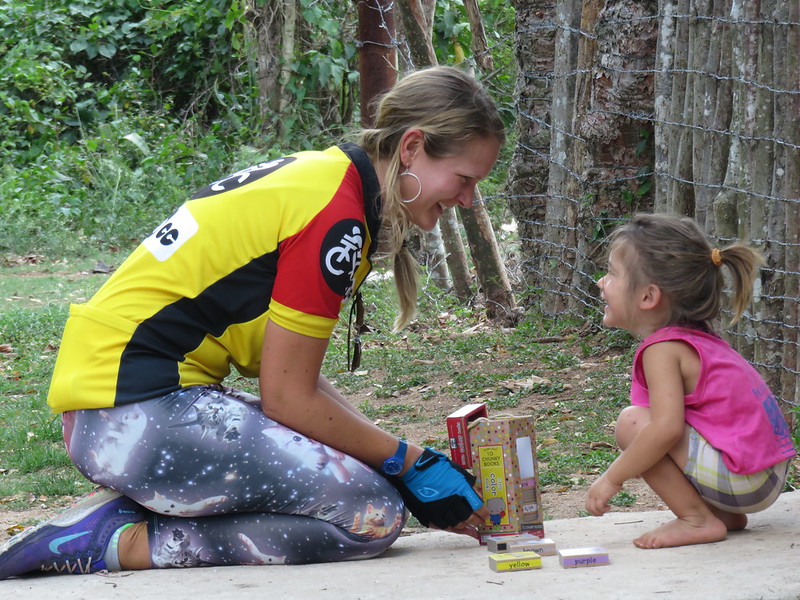
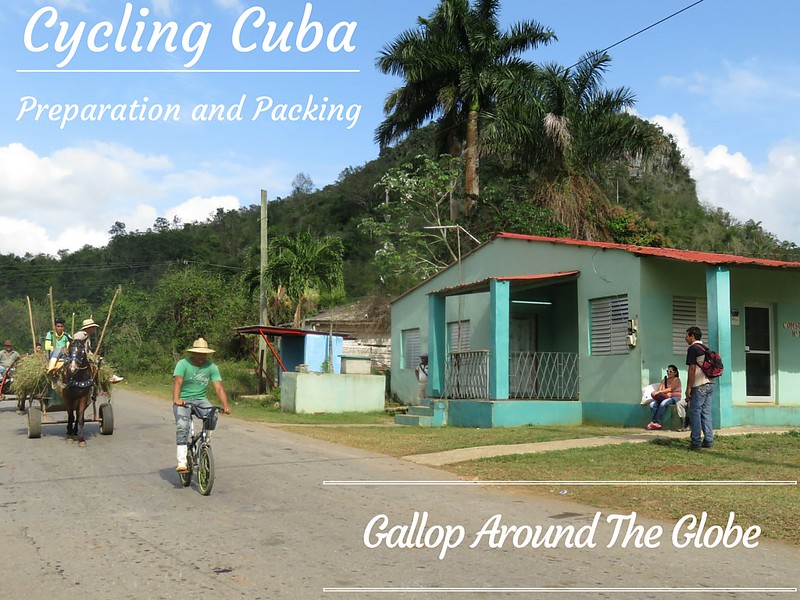





7 Comments
Exciting! This is such a dream for me and so useful. I can’t wait to see what the next posts are like :D!
Pleased you enjoyed it Chantae 🙂 Next post is going live on Monday, and it’s a long one covering all the practical tips and tricks for visiting Cuba. I can definitely recommend visiting, it’s a fascinating place!
That sounds exciting! I’ve never done a cycling trip. Since I only cycle occasionally when I do it I cannot sit for a couple of days 😉 Never tried the padded cycling shorts, that might help.
I have a friend from Cuba and he told me that people there do not have a lot of access to books, specially kids. Hope this will improve in the future.
Never heard about energy bars with cricket flour… not sure I’d be able to eat them! Though they do seem to be very nutritional.
Thanks for sharing! 🙂
Yes, it definitely sounds like things have been tough for the Cuban people over the last 50 years or so, but things are slowly starting to change. And the kids over there were so grateful for even the simplest of gifts 🙂
Thanks for your tips! I love Cuba!
I have never been to Cuba before but it seems like a wonderful place particularly for bike lovers. I would love to visit the city one day and explore the city on my bike. Thanks for sharing.
I love biking around countryside. I like feeling the wind in my face and the speed compared to walking